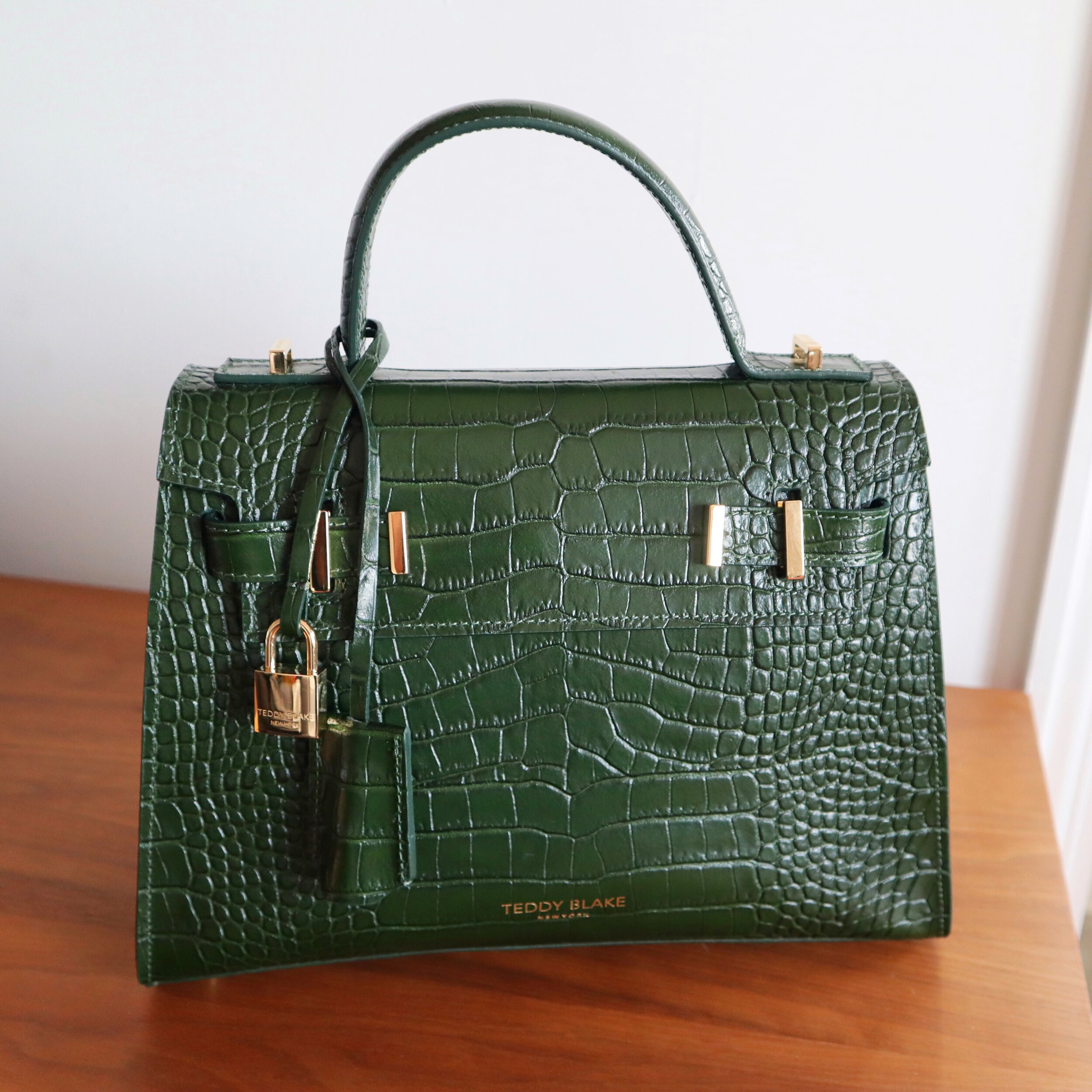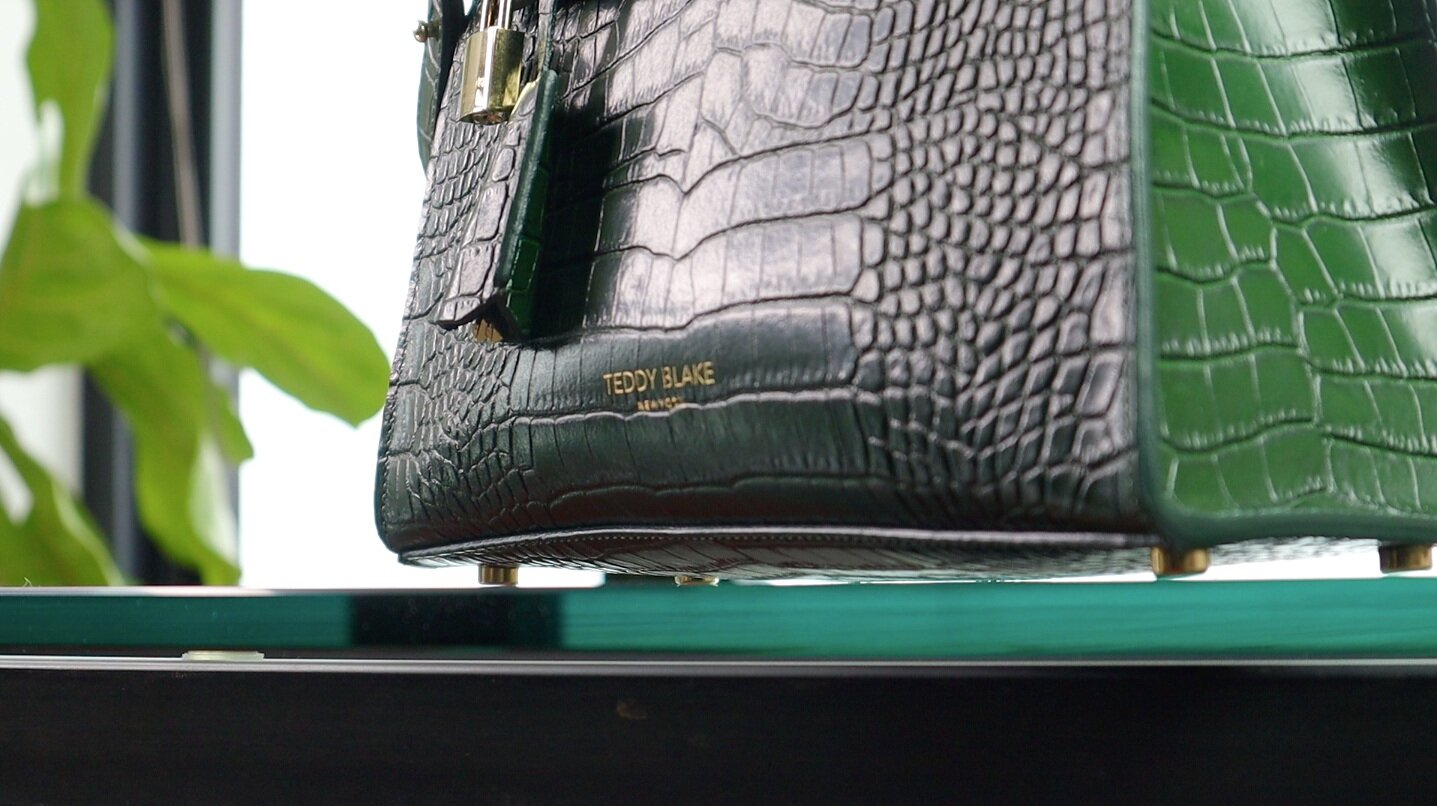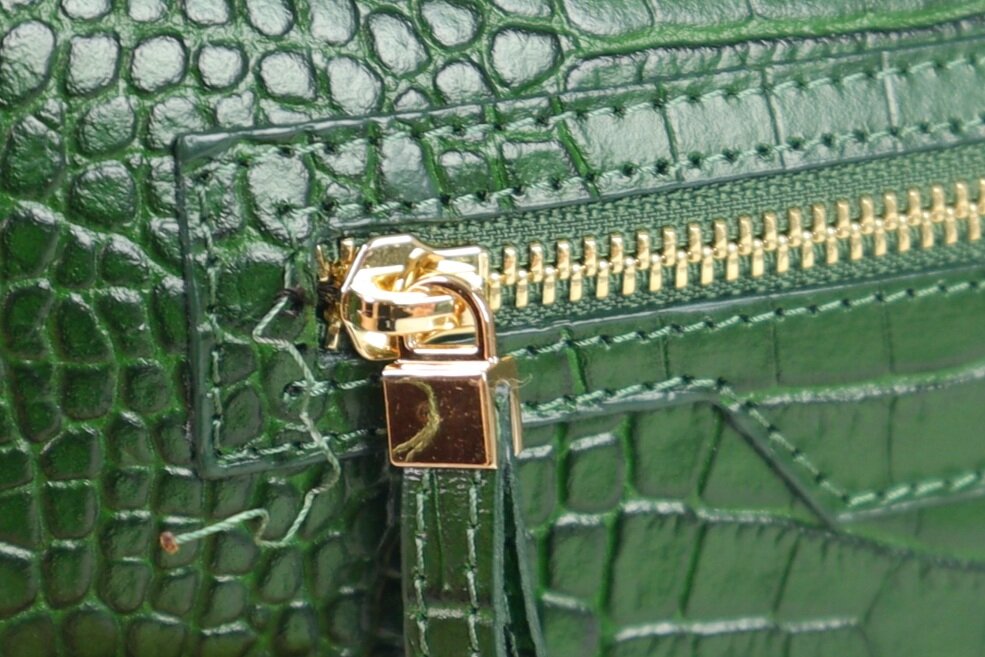How To Assess The Quality of a Handbag
I was recently gifted the most expensive handbag I have ever owned as part of a brand’s advertising campaign. When I saw what the bags for this luxury brand retail for, I thought ‘these must be great quality!’
But when the bag arrived, I have to admit that I was a little bit disappointed. The purse itself is beautiful, but for the price it retails for, the quality was a little lacking. This got me thinking that if I had spent almost a month’s worth of rent on this handbag, I would not feel like I was getting value for my money.
How can you tell if a luxury handbag is worth the money?
While it may seem tricky to figure out if a luxury item is worth the money, learning how to assess the quality of a handbag fairly straightforward. In fact, looking at a few specific details will help you determine quality in minutes, and make you feel confident that you are getting true value for your money.
What to look out for when assessing the quality of a handbag
Hardware
The quickest way to tell the overall quality of a bag is in the hardware. Distinct hardware shapes are a good indicator of quality because it means they were specifically made for the brand, or for the specific bag that you are looking at. Similarly, hardware that is engraved is also a good indicator of quality, because it shows that the brand is willing to invest in having their brand name last on the bag, as printed logos on leather can fade over time.
The important thing is to look at the details, and to inspect not only the hardware that is showing, but also the details that are hidden, such as the snap closures, zippers, and hooks.
The little metal feet at the bottom of a bag are also a nice touch, because it prevents the material from scratching when you put it down.
Lining
Another great tell of the quality is in the lining of the bag. Luxury handbags will often have branded lining, or lining that is a specific color or material to that brand. But perhaps the biggest tell of true quality is how the lining is attached to the inside of the bag. The stitching of the liner should not only be well done and even, but it should be fully attached to the inside of the bag, not just at the opening. If you can pull out the lining because it is not attached to the bottom of the bag, it is an indicator of cost cutting on the brand’s part.
This is not a good sign!
Construction
Take a look at how the bag is put together. Simpler construction tends to be more durable, since the less pieces there are the less that there is to hold together, but it can be more expensive for the manufacturer. Sourcing and cutting larger pieces of leather requires skill, and allows for very few mistakes. Simpler construction tends to be an indication of good craftsmanship.
Stitching
The stitching of a handbag should be equidistant, meaning that every stitch should be identical in length, as well as even. The lines of the stitching should be straight and not have any obvious slanting. Similarly, the stitching should not be showing any loose threads, as these can easily come undone.
I don’t recommend purchasing any bags that have no stitching, because it means the bag was glued together. Glue does not make for a durable handbag - save your money for something for something of higher quality instead.
Loose stitching on a brand new handbag is never a good sign.
Material
Leather is still the most common material used in handbags because of its durability, but it can be expensive. Over time, leather will wear down and soften, whereas synthetic materials will peel, showing more obvious signs of wear.
Oftentimes people will claim that if an item smells like leather, it is real leather, but this is not correct. At the end of the day, that leather smell can just be perfume.
The easiest way to tell if a handbag is real leather is to hold a flame up to it. Fake polyurethane ‘leather’ will catch flame quickly and start to melt, while real leather will smolder, darken, but not catch flame easily. Be careful though, the finishing paints on real leather still can catch flame, but the leather itself won’t melt.
What other factors do you consider before making an investment in a luxury handbag? Leave a comment below!




